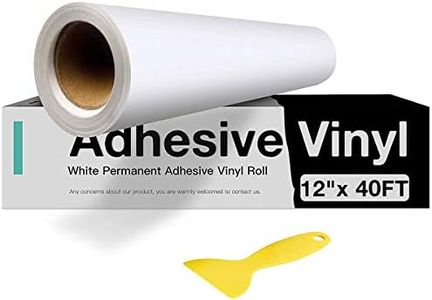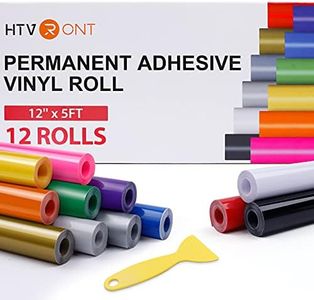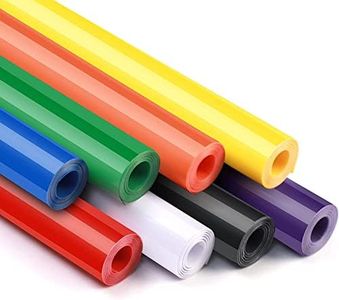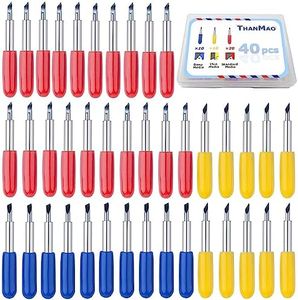We Use CookiesWe use cookies to enhance the security, performance,
functionality and for analytical and promotional activities. By continuing to browse this site you
are agreeing to our privacy policy
10 Best Cricut Cutters
From leading brands and best sellers available on the web.Buying Guide for the Best Cricut Cutters
Choosing the right Cricut cutter is all about understanding your crafting needs and matching them to the features each machine offers. Consider what types of projects you want to create, the materials you’d like to cut, and how much space you have for the machine. Focus on the main features that affect what you can make and how easy it is to use the cutter, rather than just looking for the most advanced or popular option.Cutting SizeCutting size refers to the maximum area that the machine can cut in a single pass. This is important because it determines how big your projects can be—such as decals, cards, or posters. Smaller machines often cut mats up to 6 inches wide, which are ideal for small crafts, labels, and cards. Mid-sized machines typically cut up to 12 inches wide, handling most home projects, while larger or professional machines go even wider, great for banners, larger vinyl projects, or bulk work. Choose a size that matches the largest thing you reasonably expect to make, keeping in mind your available crafting space.
Material CompatibilityMaterial compatibility indicates what types and thicknesses of materials the cutter can handle. This is crucial if you plan to work with specialized or thicker materials like leather, fabric, chipboard, or even wood. Entry-level machines typically cut standard craft paper and vinyl, while advanced cutters can handle materials like felt, balsa wood, and heavy fabrics. Think about what materials you most want to experiment with, and ensure the machine you choose supports them.
Tool VersatilityTool versatility describes what kinds of functions the cutter can perform, such as cutting, writing, scoring, or embossing. Some machines come with built-in tool holders for easy switching between functions, while others may be more limited. If you want your projects to include drawn details, scored folds, or embossed textures, pick a cutter that supports these tools. For simple vinyl or paper cutting, fewer tools are needed.
ConnectivityConnectivity is about how the machine connects to your computer or device for sending designs. Common options are USB and Bluetooth. Bluetooth gives you more flexibility since you can send designs wirelessly from laptops, tablets, or even phones, which is convenient if you want to work from anywhere in your house. USB limitations mean you’ll need to keep the machine near your computer. Choose what fits best with your crafting setup.
Software Compatibility and Ease of UseSoftware compatibility and ease of use refer to how straightforward it is to design and send your projects to the cutter. Some machines require proprietary software with drag-and-drop features, which is ideal for beginners, while others allow integration with third-party design software for advanced users. Look for software that matches your comfort level: beginners will appreciate simple, guided interfaces, whereas experienced crafters might want more design freedom.
Noise LevelNoise level is how loud the machine is while operating. If you’re working in a shared or quiet space, a quieter cutter will be more pleasant to use. Entry-level and compact machines tend to be softer, while larger, heavier-duty models may be louder due to powerful motors. If noise is a concern, look for user reviews or product descriptions that mention quiet operation.
Portability and SizePortability and size describe how easily the machine fits in your space or can be transported. Compact models are great for small apartments, people with limited crafting space, or anyone wanting to take their Cricut to classes or crafting meetups. Larger models offer more cutting area and features, but need more permanent desk space. Match the machine’s footprint to where you’ll use it most.
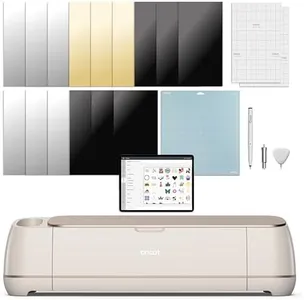
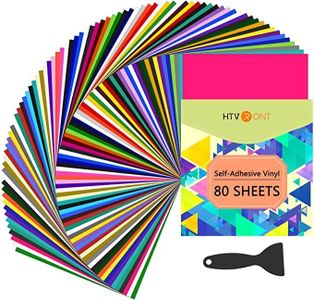
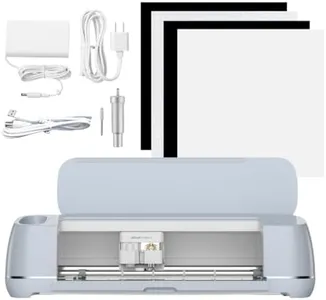
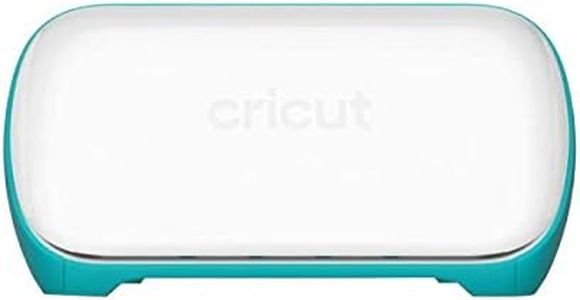
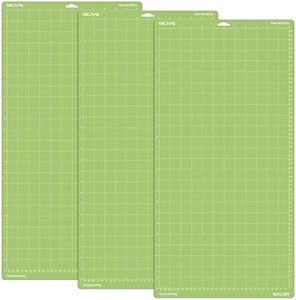
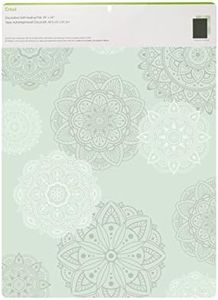
![Cricut Rotary Cutter - Rotary Cutter for Fabric, Sewing and Quilting Projects - Compatible for Both Right- and Left-Handed Use - [45mm]](https://images-proxy.bestreviews.guide/tNK6fuxL1JgM4Tho8X5vjEziacA=/0x300/https://m.media-amazon.com/images/I/21Cg1ZQXeVL._AC_CX679_.jpg)
